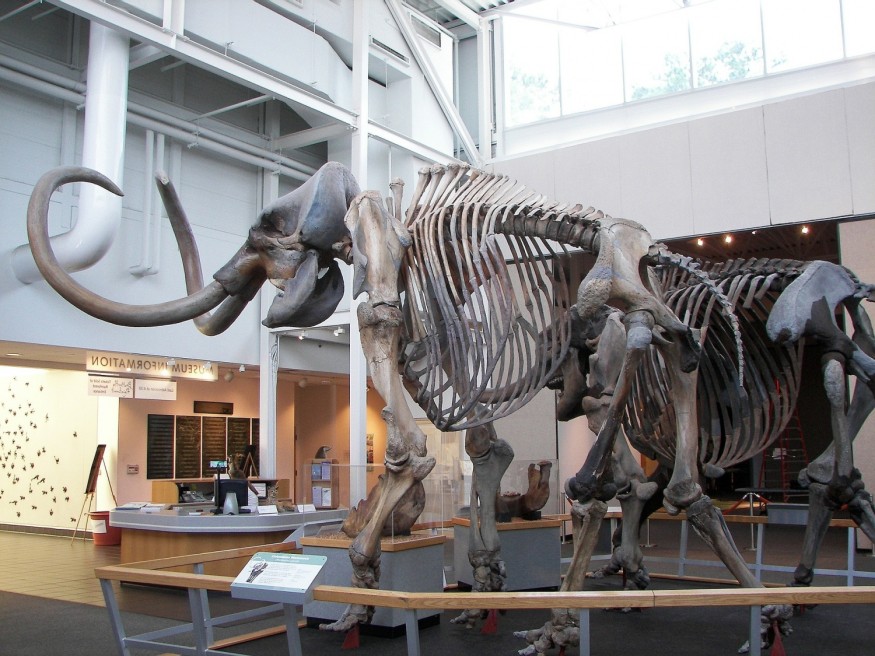During the course of a mammoth's evolution, 87 genes were impacted by deletions or brief insertions, according to the study published in the journal iScience.
The scientists point out that the results have implications for global initiatives to bring back extinct species, such as the woolly mammoth. Yet, the researchers find that the deletion has helped the mammoth survive in its environment.
Is CRISPR Enough to Resurrect the Woolly Mammoth?
Using genome editing methods like CRISPR-Cas9 to insert important gene variants from an extinct species into the genome of a living relative is one of the strategies for reviving extinct species that has received the most attention. The Colossal bioscience company claims that the animal, which went extinct during the Holocene epoch, can be brought back to life using CRISPR genetic technology, Deutsche Welle reported.
But the findings of this new study suggest that in order to preserve crucial biological traits when reconstructing extinct genomes, some genes might also need to be removed.
Love Dalén, a professor of evolutionary genomics at the Centre for Palaeogenetics, said that it would never be simple to edit the genome of a living species to resemble that of an extinct relative, and these new findings certainly illustrate the complexity and challenges that lie ahead, Phys.org added.
Scientists' Discovery About the Woolly Mammoth Genome
The two new Siberian mammoth genomes from the last ice age have been sequenced by the study's authors, who then compared them to 33 previously published mammoth, Asian elephant, and African elephant genomes.
A gene's function will be impacted by the deletion of a portion of its gene. Similar to short insertions, it can cause genes to become unreadable due to frame-shift mutations. The analysis reveals that the mammoth's genome contains more than three million letters in the genetic code and has thousands of small insertions and deletions.
The majority of these, the researchers discovered, did not occur within genes, which suggests they have generally had a detrimental effect on mammoth viability.

According to Tom van der Valk, a researcher at the Centre for Palaeogenetics, they found 84 genes that have been affected by genomic deletions and three that have been affected by short insertions. The structural modifications undoubtedly greatly impacted how the genes worked and may have helped explain some of the woolly mammoth's unique adaptations.
How Woolly Mammoths Have Adapted to the Environment Through Gene Deletion
It's possible that the altered functionality of the 87 genes played a significant role in mammoths' ability to adapt to the harsh conditions in the far north. Many adaptive characteristics, including body size and cold tolerance, are controlled by a variety of genes. Therefore, the functional pathways that shape the development of these adaptive traits may be impacted by the loss of some of these genes.
According to Marianne Dehasque, a Ph.D. candidate in mammoth genomics at the Centre for Palaeogenetics, a number of the genes that have been affected are related to classic woolly mammoth traits. It includes fur growth and hair shape, fat deposition, skeletal morphology and ear shape.
Check out more news and information on Environment in Science Times.
© 2026 ScienceTimes.com All rights reserved. Do not reproduce without permission. The window to the world of Science Times.












